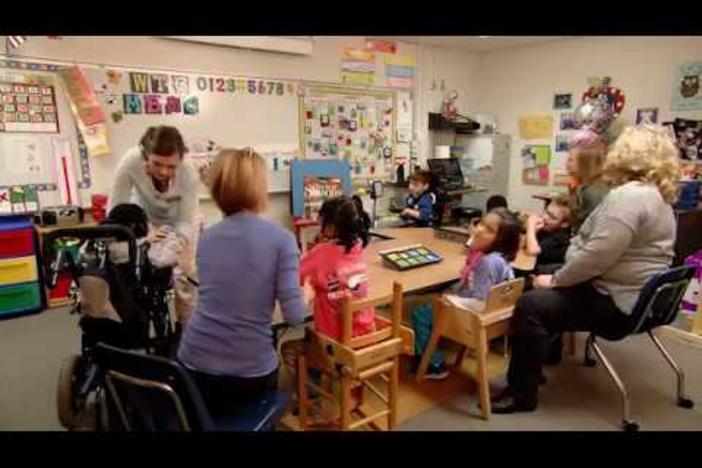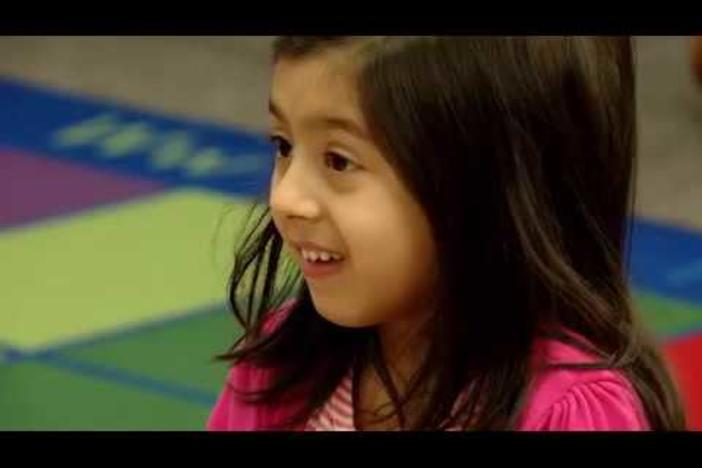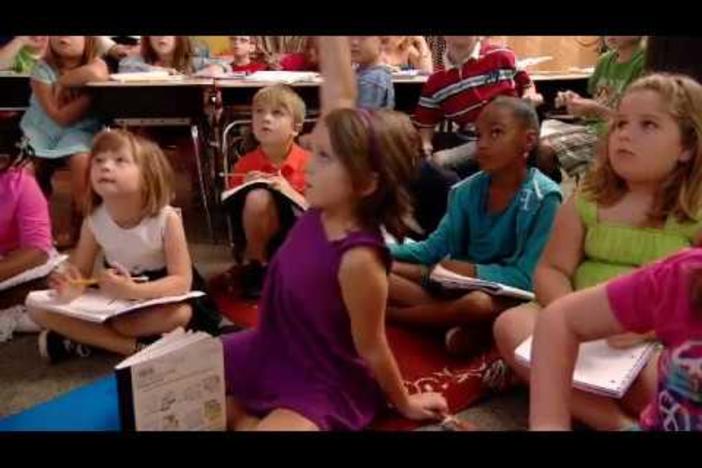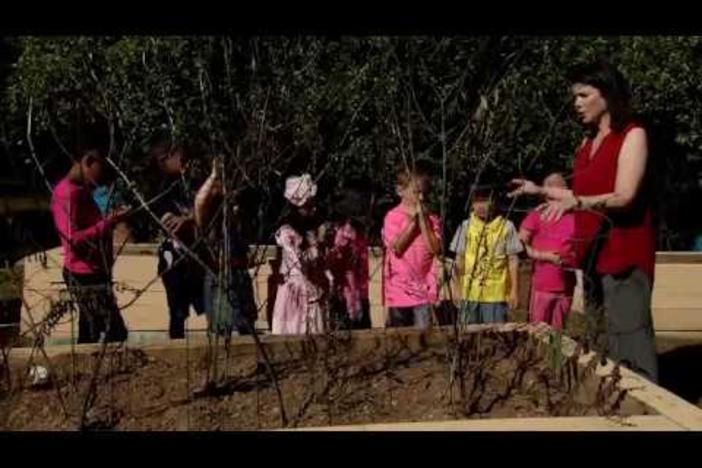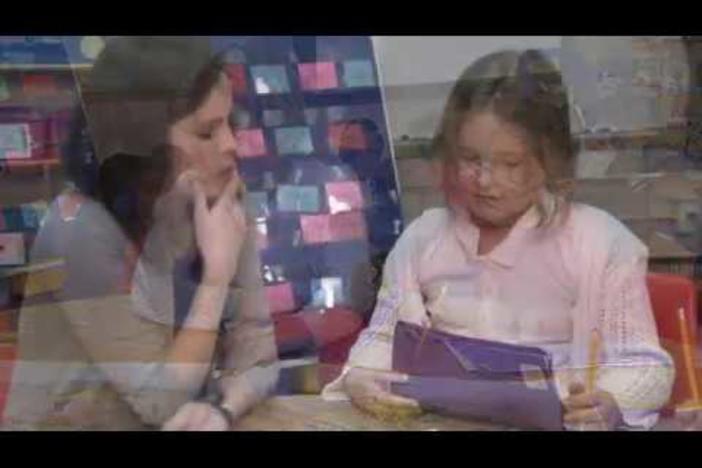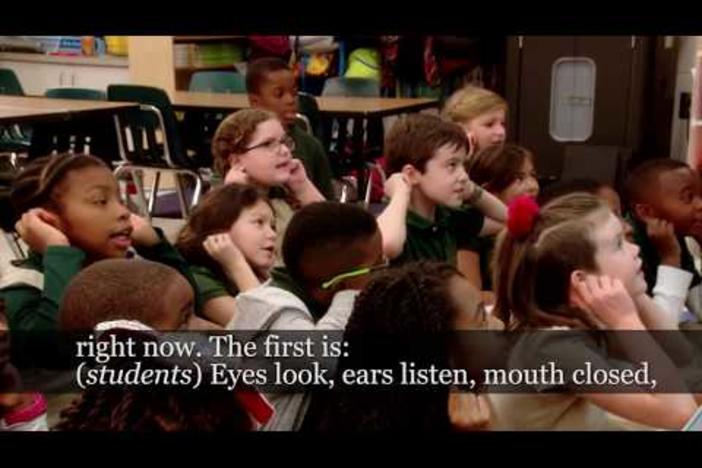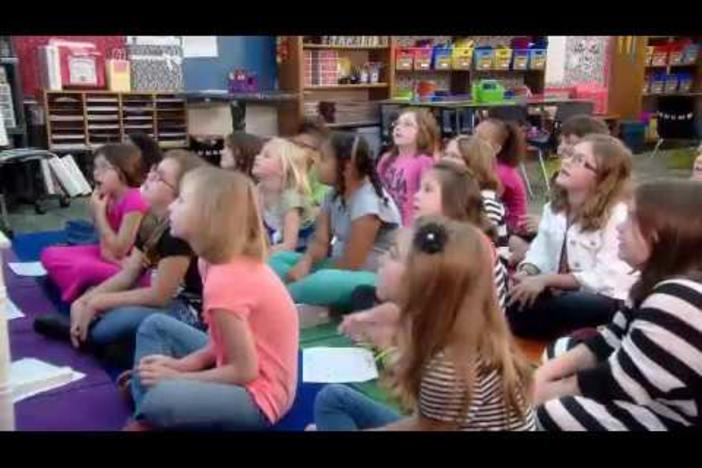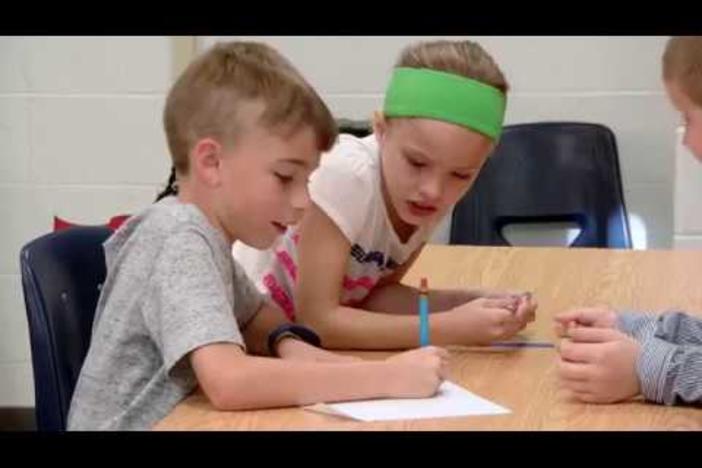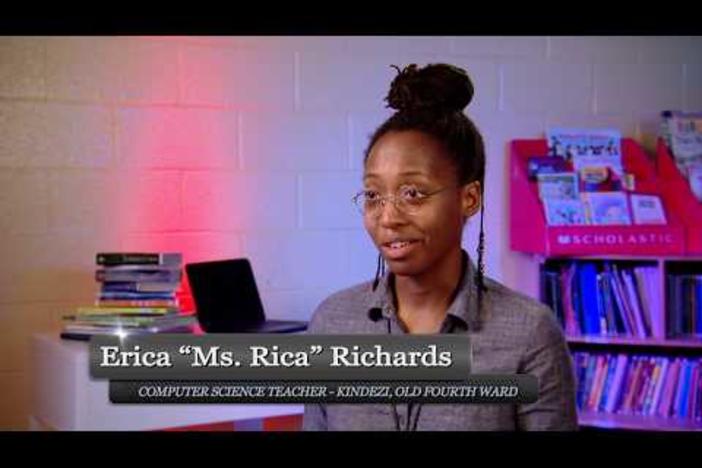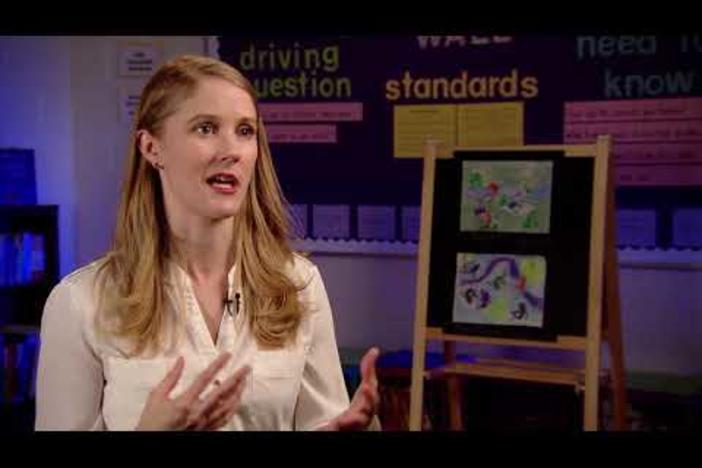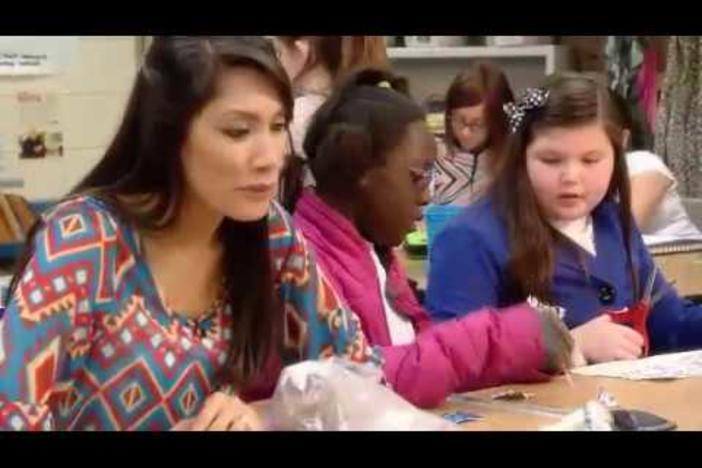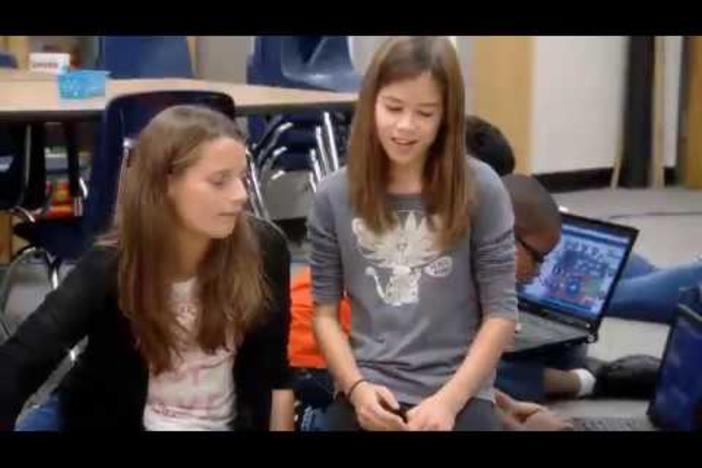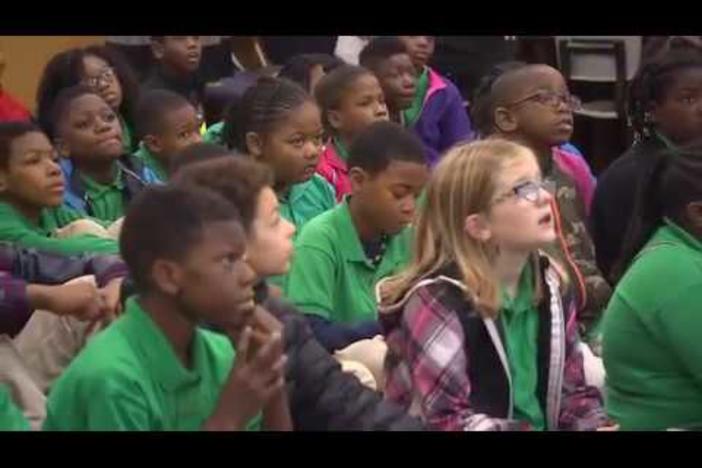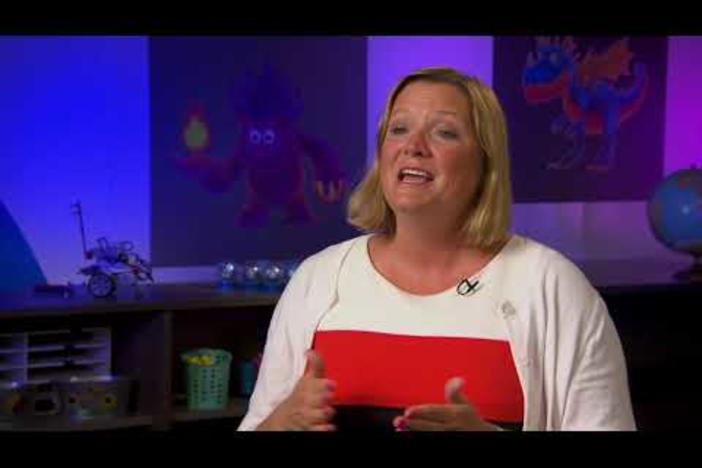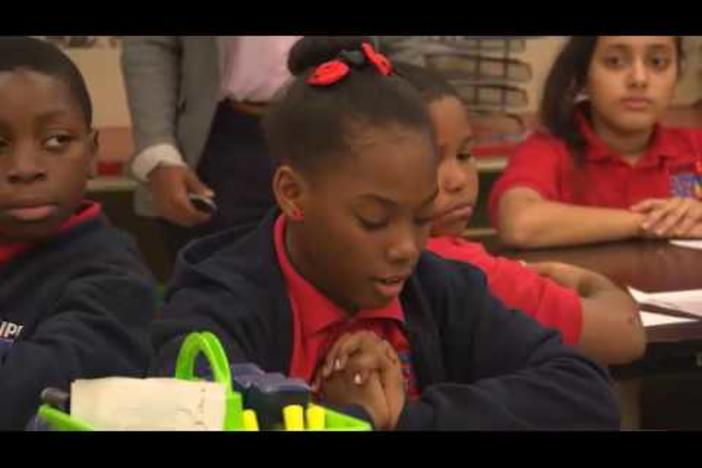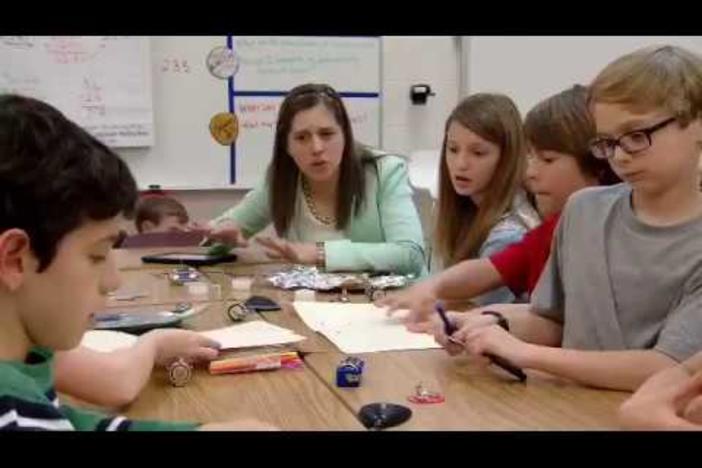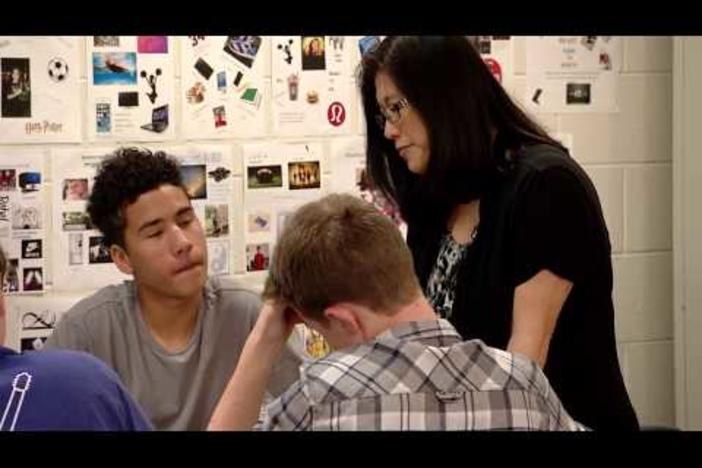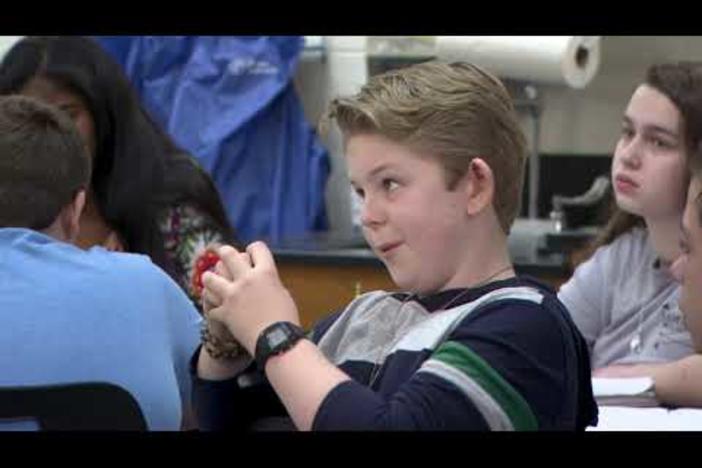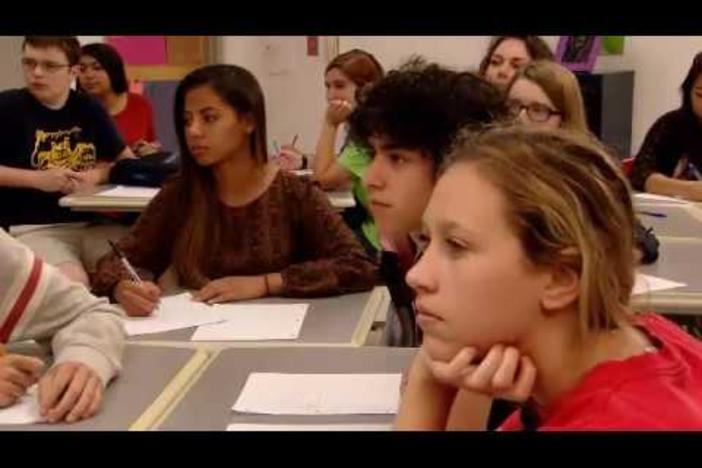Bullying Can't Continue Spreading Project
This writing unit explores the history of the Holocaust and how it relates to modern-day bullying. Students examine poems, literature and other text to enhance their knowledge of the Holocaust while strengthening their understanding of tone, mood, allegory, diction, point of view, and theme. Then, students write an informative essay on their literary understanding within the context of the Holocaust and its connection to bullying. The unit concludes with students using their writing to create a public service announcement.
Bullying Can't Continue Spreading Project
This writing unit explores the history of the Holocaust and how it relates to modern-day bullying. Students examine poems, literature and other text to enhance their knowledge of the Holocaust while strengthening their understanding of tone, mood, allegory, diction, point of view, and theme. Then, students write an informative essay on their literary understanding within the context of the Holocaust and its connection to bullying. The unit concludes with students using their writing to create a public service announcement.
English Arts
Determine a central idea of a text and analyze its development over the course of the text, including its relationship to supporting ideas; provide an objective summary of the text.
Analyze how a text makes connections among and distinctions between individuals, ideas, or events (e.g., through comparisons, analogies, or categories).
Determine the meaning of words and phrases as they are used in a text, including figurative, connotative, and technical meanings; analyze the impact of specific word choices on meaning and tone, including analogies or allusions to other texts.
Analyze in detail the structure of a specific paragraph in a text, including the role of particular sentences in developing and refining a key concept.
Determine an author's point of view or purpose in a text and analyze how the author acknowledges and responds to conflicting evidence or viewpoints.
Evaluate the advantages and disadvantages of using different mediums (e.g., print or digital text, video, multimedia) to present a particular topic or idea.
Cite the textual evidence that most strongly supports an analysis of what the text says explicitly as well as inferences drawn from the text.
Determine a theme and/or central idea of a text and analyze its development over the course of the text, including its relationship to the characters, setting, and plot; provide an objective summary of the text.
Determine the meaning of words and phrases as they are used in a text, including figurative and connotative meanings; analyze the impact of specific word choices on meaning and tone, including analogies or allusions to other texts.
Compare and contrast the structure of two or more texts and analyze how the differing structure of each text contributes to its meaning and style.
Write informative/explanatory texts to examine a topic and convey ideas, concepts, and information through the selection, organization, and analysis of relevant content.
Produce clear and coherent writing in which the development, organization, and style are appropriate to task, purpose, and audience. (Grade-specific expectations for writing types are defined in Standards 1–3 above.)
With some guidance and support from peers and adults, develop and strengthen writing as needed by planning, revising, editing, rewriting, or trying a new approach, focusing on how well purpose and audience have been addressed. (Editing for conventions should demonstrate command of Language Standards 1–3 up to and including grade 8.)
Use technology, including the Internet, to produce and publish writing and present the relationships between information and ideas efficiently as well as to interact and collaborate with others.
Write routinely over extended time frames (time for research, reflection, and revision) and shorter time frames (a single sitting or a day or two) for a range of discipline-specific tasks, purposes, and audiences.
Demonstrate command of the conventions of standard English grammar and usage when writing or speaking.
Demonstrate command of the conventions of standard English capitalization, punctuation, and spelling when writing.
Determine the meaning of words and phrases as they are used in a text, including figurative and connotative meanings; analyze the impact of specific word choices on meaning and tone, including analogies or allusions to other texts.
Compare and contrast the structure of two or more texts and analyze how the differing structure of each text contributes to its meaning and style.
Write informative/explanatory texts to examine a topic and convey ideas, concepts, and information through the selection, organization, and analysis of relevant content.
Produce clear and coherent writing in which the development, organization, and style are appropriate to task, purpose, and audience. (Grade-specific expectations for writing types are defined in Standards 1–3 above.)
With some guidance and support from peers and adults, develop and strengthen writing as needed by planning, revising, editing, rewriting, or trying a new approach, focusing on how well purpose and audience have been addressed. (Editing for conventions should demonstrate command of Language Standards 1–3 up to and including grade 8.)
Use technology, including the Internet, to produce and publish writing and present the relationships between information and ideas efficiently as well as to interact and collaborate with others.
Draw evidence from literary or informational texts to support analysis, reflection, and research.
Write routinely over extended time frames (time for research, reflection, and revision) and shorter time frames (a single sitting or a day or two) for a range of discipline-specific tasks, purposes, and audiences.
Use knowledge of language and its conventions when writing, speaking, reading, or listening.
Determine or clarify the meaning of unknown and multiple-meaning words or phrases based on grade 8 reading and content, choosing flexibly from a range of strategies.
Engage effectively in a range of collaborative discussions (one-on-one, in groups, and teacher-led) with diverse partners on grade 8 topics and texts, building on others' ideas and expressing their own clearly.
Analyze the purpose of information presented in diverse media and formats (e.g., visually, quantitatively, orally) and evaluate the motives (e.g., social, commercial, political) behind its presentation.
Integrate multimedia and visual displays into presentations to clarify information, strengthen claims and evidence, and add interest.
-
About the Teacher
Michele Brake
Baconton Community Charter School
Michele Brake is currently a 7th and 8th grade English Language Arts teacher at Baconton Community Charter School in Baconton, Georgia. Ms. Brake entered the teaching profession because she loves being in an environment where reading and learning takes place. Her favorite part of being a teacher is watching students take ownership of their learning. She always strives to improve her craft by learning from others in the teaching field. She believes that being an innovative teacher is simple: be open to new methods and ideas and never teach the same thing the same way from one year to the next. Ms. Brake received her Bachelor of Science in Elementary Education from Bob Jones University. She served as a Teacher Academy for Preparation and Pedagogy (TAPP) mentor and member on both the Discipline and Attendance Committee at her school.
